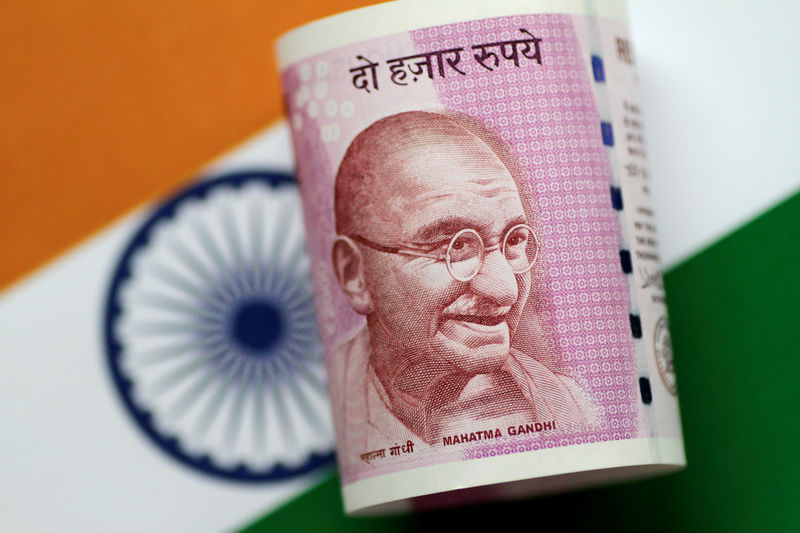Barclays has indicated that the Reserve Bank of India (RBI) appears to be allowing the exchange rate to find a new trading range, influenced by various economic factors.
The bank predicts that the USD/INR rate could potentially reach around 84.40 in a gradual manner, although it also anticipates increased risks of retracement for every 0.5 unit change in the rate.
According to Barclays, the RBI’s stance comes amid rising prices, record high gold prices, a strengthening US dollar and escalating risk aversion in the region. These factors have helped foreign portfolio investors become net sellers of Indian equities in October. Despite a recent decline in crude oil prices, Barclays expects other balance of payments issues to persist in the near term, which could lead the RBI to tolerate a new USD/INR range.
Barclays also predicts that foreign investors will continue to reduce their overweights in Indian equities towards the end of the year. This trend may be driven by a slowdown in growth, uncertain domestic inflation prospects and a reassessment of emerging market positions ahead of the US elections in November.
However, the report notes that this is unlikely to cause a significant downturn in Indian stock indices due to strong domestic purchasing and the financialization of household wealth in India.
The financial institution suspects that the RBI’s recent margin in taking the USDINR above 84 could be due to the sharp appreciation in the nominal effective exchange rate (NEER) of the Indian rupee since late September.
Barclays’ analysis points to significant shifts in the INR NEER since 2000, with the most recent change occurring in 2020, which is in line with the RBI’s adjustments to its NEER calculations.
Barclays also mentioned that the International Monetary Fund (IMF) has reclassified India’s exchange rate regime from ‘floating’ to ‘stabilized’ from December 2022 to October 2023, based on the RBI’s exchange rate management. However, the RBI has disputed this reclassification, arguing that its interventions were aimed at addressing the market turmoil.
This article was produced with the support of AI and reviewed by an editor. For more information see our General Terms and Conditions.


